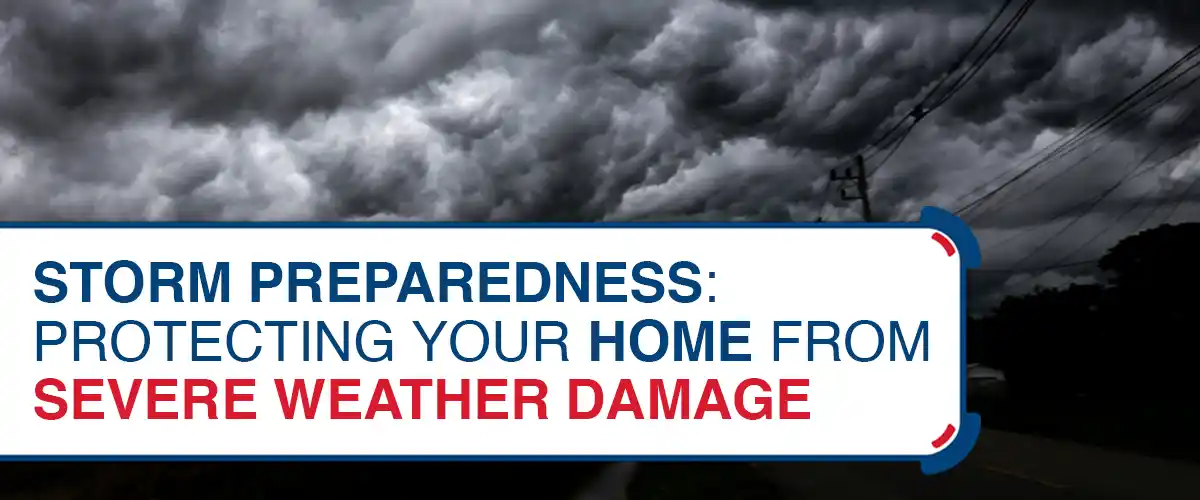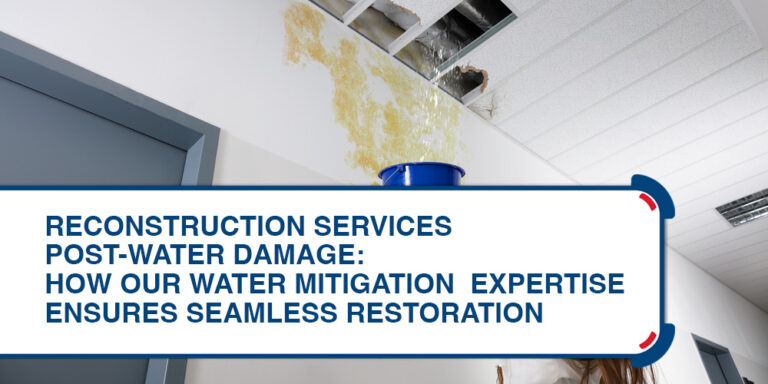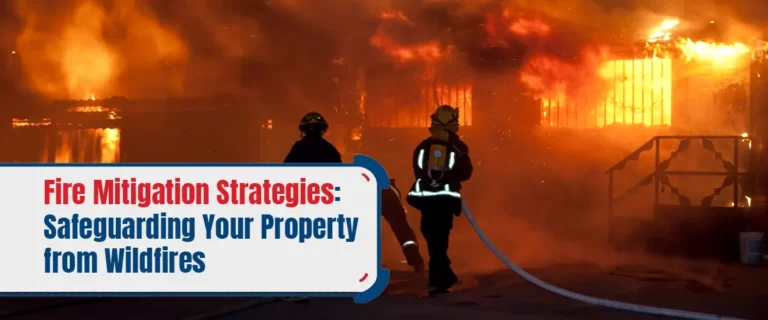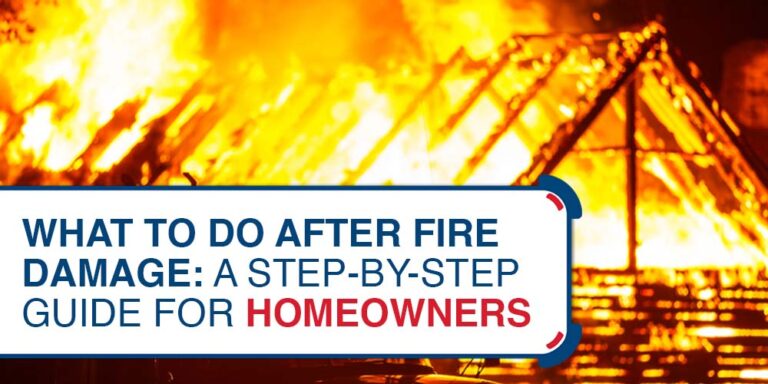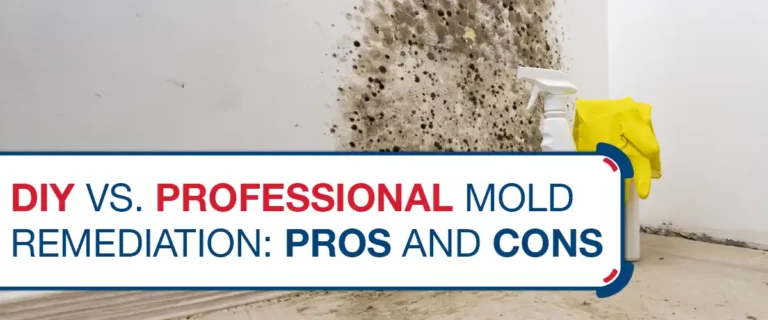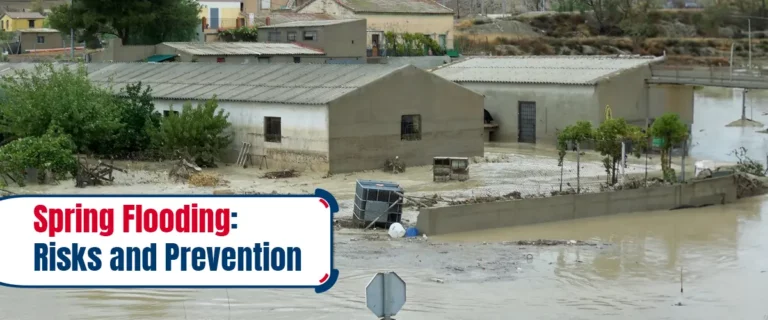When the skies darken and the winds howl, nature’s fury can be relentless. Storms can wreak havoc on your home and property with their raw power and unpredictability. From hurricanes that whip the coastlines to tornadoes that tear through the heartland and thunderstorms that bring torrential downpours, storms come in various forms, each posing unique threats.
Moreover, this article will delve into the world of storm damage, explore the common causes, and help you understand the devastating consequences that can follow. Furthermore, we will provide insights on preparing for the storm, what to do during its wrath, and the crucial steps to take in its aftermath. As an essential resource for homeowners, we’ll also discuss ways to prevent future storm damage and secure your home against Mother Nature’s fury.

Understanding Storm Damage
Storm damage is crucial for homeowners facing the unpredictable forces of nature. Storms, including hurricanes, tornadoes, and thunderstorms, each bring unique perils.
1. Hurricanes
One of the most feared storms, hurricanes bring strong winds and heavy rain and can result in devastating flooding, especially in coastal areas.
2. Tornadoes
Tornadoes are powerful and violent, rotating columns of air that can cause immense damage in seconds, leaving behind a path of destruction.
3. Thunderstorms
While thunderstorms are more common, they can still be destructive. Lightning, hail, and flash floods are some of the perils associated with these storms.
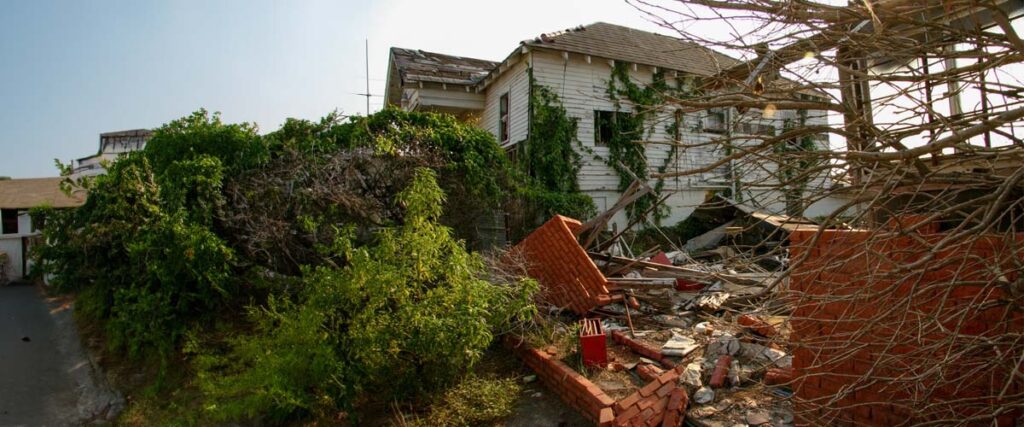
Common Causes of Storm Damage
Understanding the causes of storm damage is essential for preparedness.
1. High Winds
Powerful winds, often associated with hurricanes and tornadoes, can rip apart roofs, uproot trees, and shatter windows.
2. Heavy Rainfall
Prolonged heavy rainfall can lead to flooding, resulting in structural damage and health hazards.
3. Hail
Hailstorms produce ice pellets that can cause dents, cracks, and even holes in roofing and siding.
The aftermath of a major storm can be catastrophic. Homes may be rendered uninhabitable, personal belongings damaged, and lives disrupted. The financial and emotional toll can be overwhelming, making it crucial to be well-prepared.
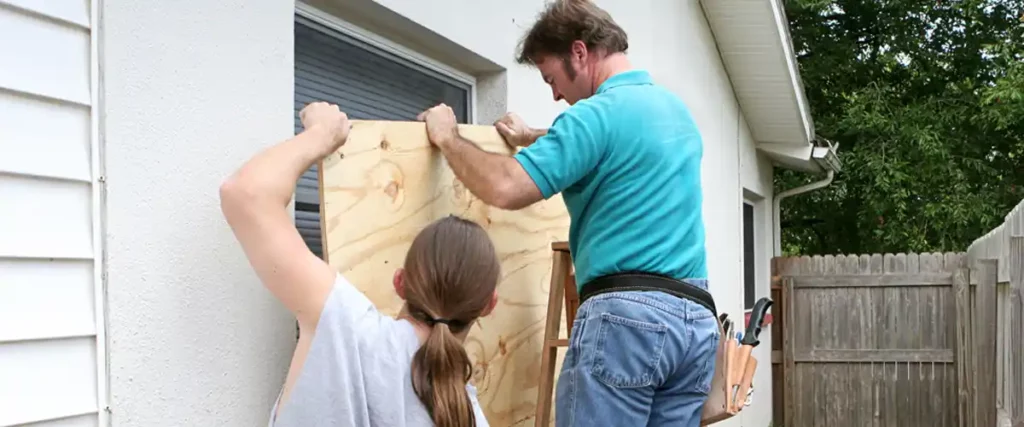
Preparing for the Storm
Preparing for the storm is the cornerstone of safeguarding your home and family from the wrath of severe weather. This critical phase involves creating a well-thought-out family emergency plan, assembling an essential emergency kit, securing your home by reinforcing doors and windows, maintaining your roof and gutters, and knowing evacuation routes and shelter options.
A. Creating a Family Emergency Plan
The foundation of storm preparedness begins with a well-thought-out family emergency plan.
- Communication Strategy: Establish clear communication channels within your family, including a designated meeting point and an out-of-town contact person.
- Evacuation Plan: Determine evacuation routes and shelter options, considering the needs of every family member, including pets.
B. Assembling an Emergency Kit
An emergency kit is a lifeline during and after a storm. Make sure to include these essentials:
- Non-perishable food
- Water
- Medications
- First aid supplies
- Flashlights
- Batteries
- Portable phone charger
- Important documents
Consider your family’s needs, such as baby supplies, pet food, and necessary medical equipment.
C. Securing Your Home
Preparing your home for a storm involves various steps:
- Reinforcing Doors and Windows: Install storm shutters or impact-resistant glass to protect against wind and debris.
- Roof and Gutter Maintenance: Regular inspections and maintenance can prevent leaks and damage caused by heavy rain.
- Securing Outdoor Items: Bring in or secure outdoor furniture, equipment, and tools to prevent them from becoming projectiles in high winds.
D. Evacuation Readiness
Stay informed about evacuation routes and the nearest shelters. Have a vehicle with a full gas tank ready for a quick departure.
- Knowing Evacuation Routes: Understand the designated evacuation routes in your area and practice driving them.
- Shelter Options: Identify local emergency shelters and their pet policies if you need to evacuate your animals.
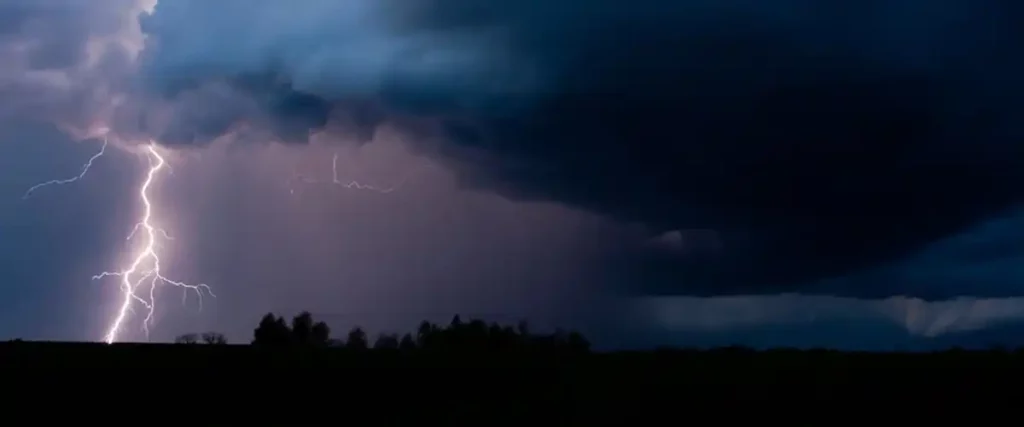
During the Storm
During the storm is a pivotal period when staying safe and informed becomes paramount. This phase tests your readiness, ensuring you navigate the storm’s fury with resilience and security. Below are the essentials:
A. Monitoring Weather Alerts
Stay updated with local weather forecasts and alerts. Have a battery-powered weather radio on hand for continuous information.
B. Staying Safe Indoors
When the storm strikes, staying safe inside your home is crucial. Designate safe zones away from windows and doors, such as a basement or an interior room.
- Safe Zones in Your Home: Choose a room without exterior walls and cover yourself with mattresses or heavy blankets to shield yourself from flying debris.
- Maintaining Communication: Keep communication devices charged and ready to stay connected with emergency services and loved ones.
C. Handling Power Outages
Power outages are common during storms. Prepare by having flashlights, candles, and a backup generator if possible.
D. Safeguarding Important Documents
Secure essential documents like identification, insurance policies, and property records in waterproof containers. It’s advisable to have digital copies stored in the cloud for added security.
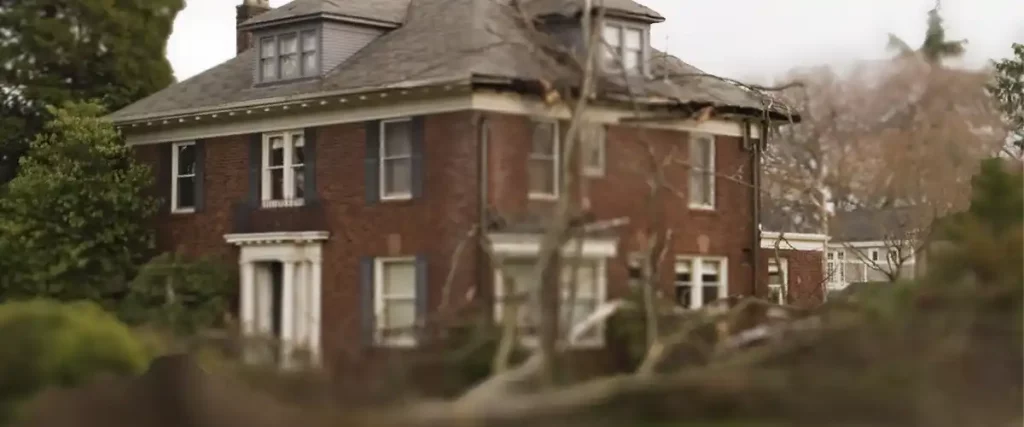
After the Storm
After the storm, assessing the damage and taking swift, well-organized actions is paramount. This phase is critical in your journey towards resuming a sense of normalcy after nature’s fury has passed.
A. Assessing Storm Damage
Once the storm passes, assess the damage to your home.
- Exterior Damage: Inspect your property for structural damage, roof leaks, and broken windows.
- Interior Damage: Check for water damage, mold, and other potential hazards inside your home.
B. Immediate Cleanup and Mitigation
Promptly address safety hazards, such as fallen trees and downed power lines. Begin the cleanup process to prevent further damage.
C. Filing Insurance Claims
Call your insurance company to submit an insurance claim. As proof, take pictures and videos of the damage.
D. Hiring Professional Restoration Services
If the damage is extensive, consider hiring professional restoration services. Storm damage repair in Mission, KS, will help you to ensure a thorough and safe restoration process.

Preventing Future Storm Damage
Preventing Future Storm Damage involves taking proactive steps to fortify your home and property against the unpredictable forces of nature. By implementing these measures, homeowners can significantly reduce the risk of damage during future storms, ensuring a safer and more resilient living environment.
A. Home Retrofitting
Invest in retrofitting measures to make your home more storm-resistant.
- Reinforcing Structures: Strengthen the foundation and walls of your home to withstand the force of high winds and debris impact.
- Impact-Resistant Windows: Install impact-resistant windows and doors to protect against wind and hail.
B. Landscaping and Drainage Solutions
Improve your landscaping to divert water away from your home, preventing flooding.
C. Regular Roof Inspections and Maintenance
Scheduled roof inspections and maintenance can catch and repair issues before they become serious problems.
D. Investing in Storm-Resistant Home Features
Consider investing in a storm cellar, sump pump, or lightning protection system to enhance your home’s resilience.

Storm Preparedness: Your Home’s Ultimate Armor.
Storm preparedness is not a choice but necessary for homeowners in areas prone to severe weather. The first step is to understand the types of storms, their causes, and the potential consequences of storm damage. You can weather the storm’s fury with a well-thought-out family emergency plan, an assembled emergency kit, and a secure home. During the storm, stay informed and safe; after the storm, assess the damage and take immediate action to minimize further destruction. Lastly, consider long-term measures to prevent future storm damage.
By taking these proactive steps and ensuring you are well-prepared for severe weather, you can protect your home, family, and peace of mind. Remember that it’s not a question of if a storm will strike but when, and your preparedness will make all the difference. In times of need, professionals in storm damage repair in Mission, KS, help you recover and rebuild your home, making it resilient for the storms yet to come.
Resources:
- National Oceanic and Atmospheric Administration. National Hurricane Preparedness. https://www.noaa.gov/hurricane-prep.
- Ready Gov. Hurricanes. Retrieved from https://www.ready.gov/hurricanes.
- Ready Gov. Tornadoes. Retrieved from https://www.ready.gov/tornadoes.
- Ready Gov. Thunderstorms & Lightning. Retrieved from https://www.ready.gov/thunderstorms-lightning.
- Red Cross. Tornado Safety. https://www.redcross.org/get-help/how-to-prepare-for-emergencies/types-of-emergencies/tornado.html.
- Red Cross. Thunderstorm Safety. https://www.redcross.org/get-help/how-to-prepare-for-emergencies/types-of-emergencies/thunderstorm.html


